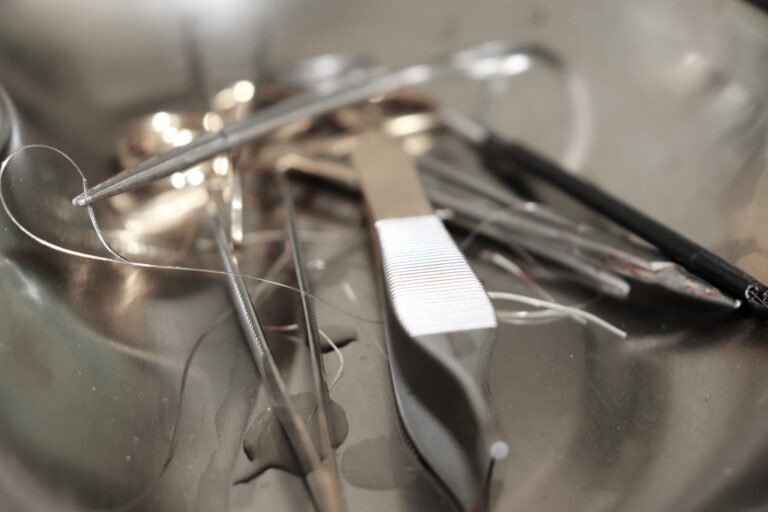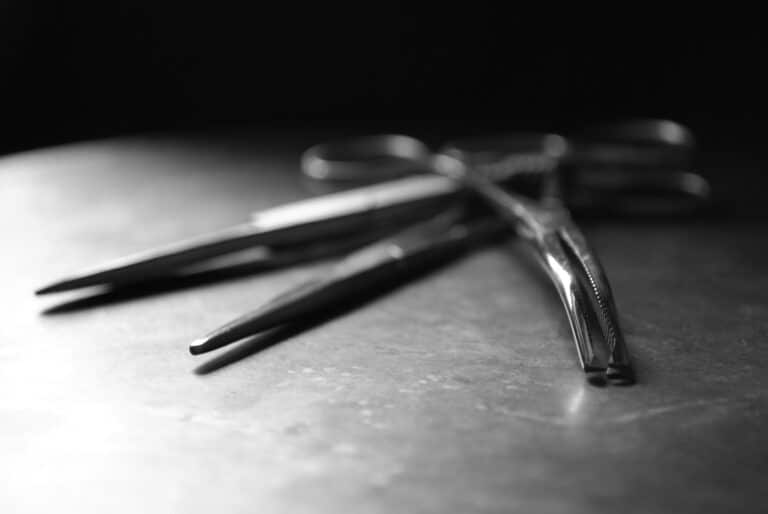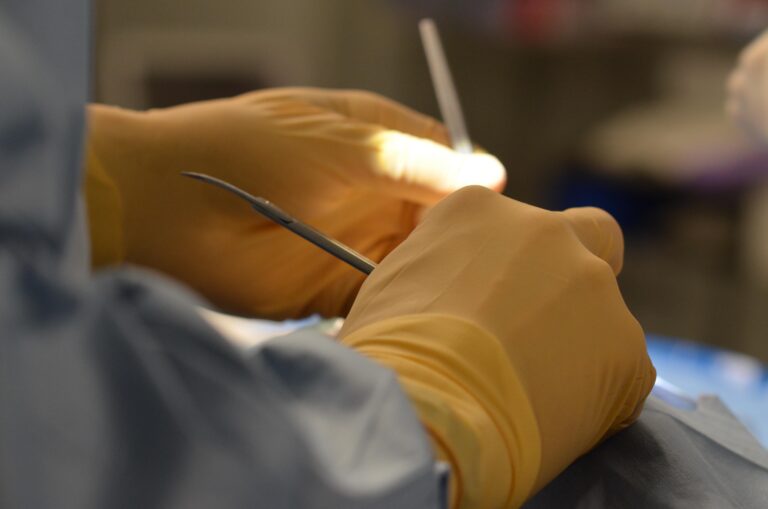Symptoms or Concerns About Moles
If you’re concerned about any of the following changes in a mole, it’s important to have it assessed by a professional:
Change in size
If a mole grows in size or becomes raised, it should be evaluated.
Irregular shape
Moles that develop irregular or uneven borders may require medical attention.
Colour changes
Moles that become darker, develop multiple colors, or lose color could be a sign of an underlying issue.
Bleeding or itching
Moles that itch, bleed, or become irritated can indicate a problem and should be checked by a specialist.
What is a Mole?
A mole is a common type of skin growth made up of pigmented cells (melanocytes). Moles can appear anywhere on the skin, either alone or in clusters, and can vary in size, shape, and color. While most moles are harmless, some individuals may choose to have them removed for cosmetic reasons or if there is concern about changes in the mole’s appearance, which could indicate a risk of skin cancer.
Enquire Now About Benign Mole Removal
Causes of Moles
Moles are usually caused by the clustering of melanocytes (pigment-producing cells). Although many moles appear during childhood and adolescence, they can develop throughout life. Factors that influence the formation or growth of moles include:
Genetics
Moles tend to run in families, and some people are genetically predisposed to having more moles than others.Sun exposure
Prolonged exposure to sunlight can lead to the development of new moles and increase the likelihood of changes in existing ones.Hormonal changes
Hormonal shifts during pregnancy, puberty, or hormone therapy may cause moles to become darker or larger.




Our Benign Mole Removal Service
At Hoveton Clinic, we offer professional mole removal services for both cosmetic and medical reasons. Whether you’re concerned about a mole’s appearance or want to remove one for peace of mind, our skilled team provides safe and effective treatment options tailored to your needs.
Benign Mole Removal Procedures
We provide several options for mole removal, depending on the size and location of the mole, as well as your preferences:
Shave excision
This technique is used to remove moles that are raised above the skin. The mole is carefully shaved down to the level of the surrounding skin, leaving a minimal scar.Surgical excision
For larger or deeper moles, surgical excision may be required. The mole and a small margin of surrounding skin are removed, and the area is closed with sutures. This method is particularly useful for suspicious or irregular moles.
Contact Us
To learn more about our services or to schedule an appointment, contact Surgicentre in Hoveton, Norwich today. Our friendly staff will be happy to assist you in finding the right treatment to restore your smile.
Benign Mole removal is a safe procedure for most people. However, please inform us if you have:
Bleeding disorders
If you have conditions that affect blood clotting, benignmole removal may need special consideration.Infection at the site
If the mole is located in an area with an active skin infection, we may need to delay treatment.Allergies to anaesthesia
Let us know if you have any known allergies to local anaesthetics, as it may influence the choice of procedure.
1. Why should I consider benign mole removal?
Many people choose mole removal for cosmetic reasons if the mole is unsightly or located in an area of friction. Others opt for removal due to concerns about changes in the mole’s appearance, which could indicate a potential risk of skin cancer.
2. Is Benign mole removal painful?
Benign mole removal is usually performed under local anaesthesia, so you won’t feel pain during the procedure. Afterward, you may experience mild discomfort, but this can typically be managed with over-the-counter pain relief.
3. How long does it take to heal after benign mole removal?
Healing time depends on the type of procedure used. Most people recover fully within 1-2 weeks. Surgical excisions may take a bit longer to heal, and it’s important to follow aftercare instructions to minimize scarring.
4. Will benign mole removal leave a scar?
Some scarring is possible, but we take care to minimize it. The size of the scar will depend on the size and depth of the mole, as well as your body’s natural healing process. Over time, scars usually fade and become less noticeable.
5. Can a mole grow back after removal?
In most cases, moles do not grow back after removal. However, if some mole cells are left behind, there is a small chance the mole may regrow. If this happens, further treatment can be discussed.
6. What does it mean if a mole changes in size or color?
Changes in the size, shape, or color of a mole can be signs of skin cancer, such as melanoma. It’s important to have any changing or irregular moles assessed by a healthcare professional as soon as possible.
7. Is benign mole removal covered by health insurance?
Mole removal for medical reasons (such as if the mole is suspicious or has changed in appearance) may be covered by insurance. Cosmetic mole removal, however, is generally not covered. We recommend checking with your insurance provider.
8. Can I remove multiple moles in one session?
Yes, multiple moles can be removed in a single session, depending on their size and location. During your consultation, we’ll discuss your options and how many moles can be treated at once.
9. Is benign mole removal safe?
Mole removal is a safe and routine procedure when performed by experienced medical professionals. As with any procedure, there are some risks, such as infection or scarring, but these are minimized with proper aftercare.
10. How should I care for my skin after benign mole removal?
After mole removal, it’s important to keep the area clean and dry. We’ll provide detailed aftercare instructions, including how to change dressings and protect the area as it heals. Avoid excessive sun exposure to prevent darkening of the scar.
